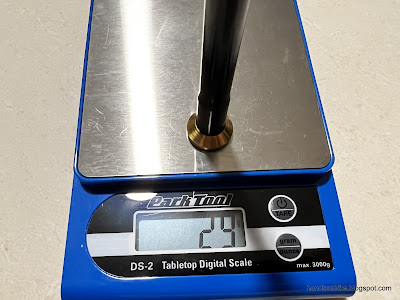Here is a detailed blog post comparing the different brake pads made by Shimano, for their hydraulic disc brakes. With many model numbers used for the different brake pads, it is confusing for almost everyone.
However, after studying and comparing many different brake pads, I think I have got it figured out. Each brake pad has a specific model number, such as L03A, or K05Ti, etc.
Breaking down this model number into the different parts, using L03A Resin as an example.
L: Shape of brake pad, to match different brake calipers.
03: Version of brake pad. Different revisions are cross-compatible if the other parameters are the same.
A: Aluminium backing material.
Resin: Resin material used for the pad, to reduce noise.
This is followed by a number, usually 02, 03, 04, 05 and so on. It is just the revision number of this brake pad design. For example, L02A was recently replaced by L03A, which has a more durable resin pad material. Different revisions are compatible as the pad shape is unchanged.
After the number, the letter refers to the backing material. The backing is the plate that the brake pad is attached to. This can be made with aluminium, steel or titanium.
A: Aluminium
S: Steel
Ti: Titanium
C: Combined
Final part of the model number refers to the pad material, whether it is made of resin or metal.
With different backing materials, different pad materials, and different shapes, it gives rise to many different combinations and thus many different options. In fact, I think there are too many variations which makes it very confusing.
Here are 5 different brake pads that I have, to match different brake calipers.

















































